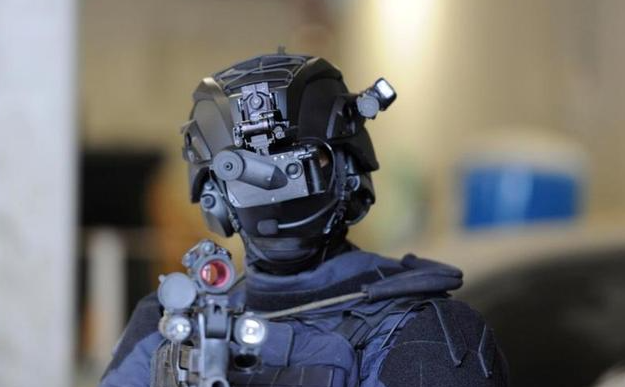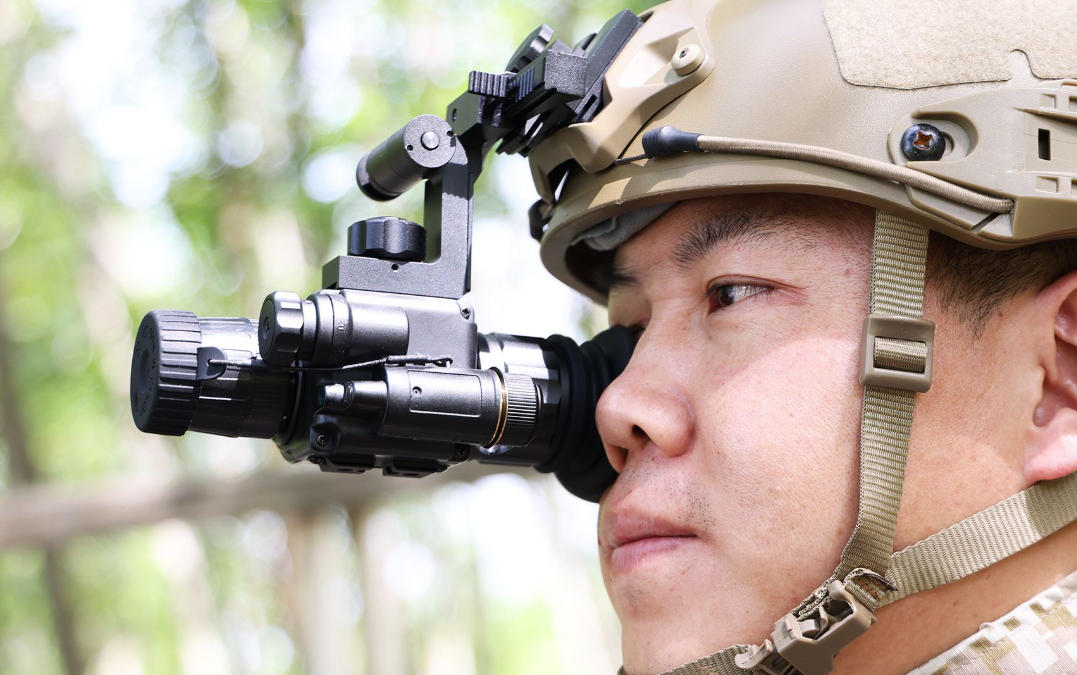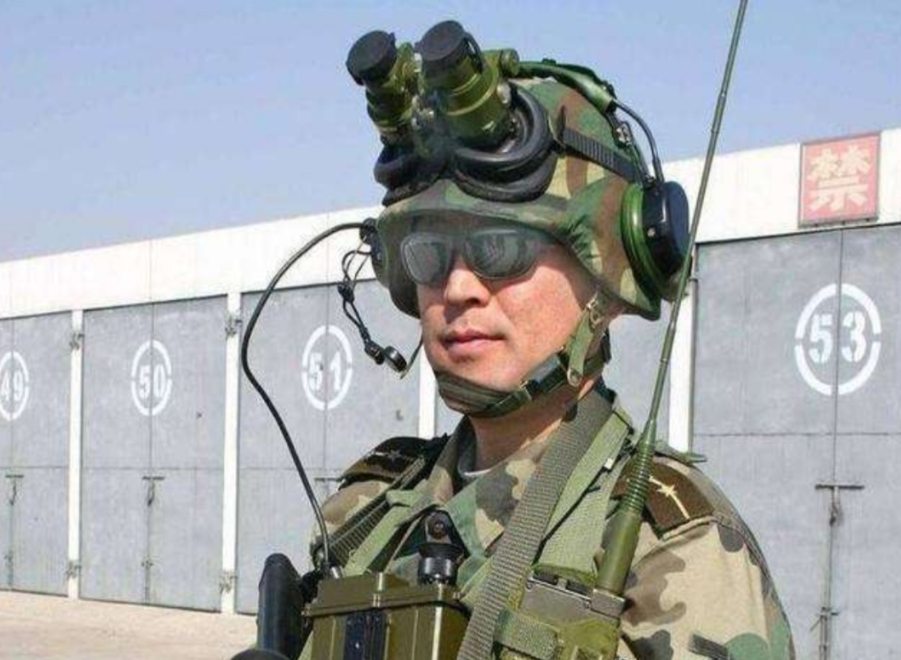Military night vision goggles have a wide range of important uses, and the following are some of the main aspects:
Night reconnaissance and surveillance
Battlefield situation awareness: In night operations, it can help soldiers clearly observe the enemy's troop deployment, equipment mobilization, position construction, etc., grasp the battlefield situation in a timely manner, and provide accurate intelligence support for command decisions. For example, in border patrols, frontier position observations and other tasks, potential threats can be discovered in advance.
Target search and identification: It can quickly search and identify various targets in a dark environment, including personnel, vehicles, weapons and equipment, etc. Even if the target is in a camouflaged or concealed state, it can be found through thermal imaging and other technologies. The temperature difference between it and the surrounding environment can effectively detect and locate the target and improve combat efficiency and accuracy.

Night navigation and action
Marching and patrolling: Provide soldiers with a clear field of vision when marching and patrolling at night, so that they can see the road, terrain and obstacles clearly, avoid getting lost, falling into traps or encountering ambushes, and ensure that the troops move and perform tasks safely and quickly.
Special operations: For troops performing special operations tasks, such as infiltration, raids, hostage rescue, etc., night vision goggles are essential equipment. It allows special forces to quietly approach the target in a night environment, accurately grasp the situation in the target area, choose the best route and timing of action, and improve the success rate and safety of the mission.
Weapon aiming and shooting
Accurate aiming: Night vision sights installed on firearms enable soldiers to aim at targets as accurately at night as during the day, improve shooting accuracy and hit rate, enhance the combat effectiveness of weapons at night, and play a key role in combat scenarios such as close combat and night raids.
Fire support and coordination: In nighttime joint operations, weapon shooters equipped with night vision goggles can better coordinate with other combat personnel, provide fire support in a timely manner according to the observed target situation, effectively strike enemy targets, and enhance the overall combat capability of the troops.
Equipment and facility protection
Base and outpost monitoring: used for nighttime monitoring of important facilities such as military bases and border outposts, which can timely detect abnormal activities and potential threats in the surrounding area, such as enemy infiltration and sabotage attempts, to ensure the safety and stability of military facilities, and prevent the leakage of important military secrets and damage to key equipment and facilities.
Equipment safety inspection: When conducting safety inspections on parked vehicles, aircraft, ships and other military equipment at night, night vision goggles can help soldiers quickly detect damage, faults and possible safety hazards on the surface of equipment, ensuring that the equipment is in a good state of combat readiness.

Maritime and air combat
Maritime patrol and anti-submarine: When naval ships conduct night patrols, anti-submarine and other tasks, night vision goggles can help sailors detect suspicious ships, submarine snorkels and other targets on the sea surface, enhance maritime surveillance capabilities, respond to potential maritime threats in a timely manner, and maintain maritime security and territorial sovereignty.
Aerial reconnaissance and combat: For the night flight missions of the Air Force, such as reconnaissance aircraft, bombers, helicopters, etc., night vision goggles can help pilots better observe ground targets, identify terrain and navigate at night. At the same time, they can also enable pilots to detect enemy aircraft earlier in air combat, improving the chances of winning and survivability in air combat.

Battlefield rescue and medical treatment
Search and treatment of the wounded: On the battlefield at night, it can help medical personnel quickly search and find injured soldiers, provide timely treatment and evacuation, improve the survival rate and recovery rate of the wounded, and reduce rescue delays and increased casualties caused by limited vision at night.
Protection of medical facilities: Ensure the safety of medical facilities such as field hospitals and medical tents at night, prevent enemy attacks and sabotage, and ensure the normal progress of medical work and the safety of the wounded and sick.


